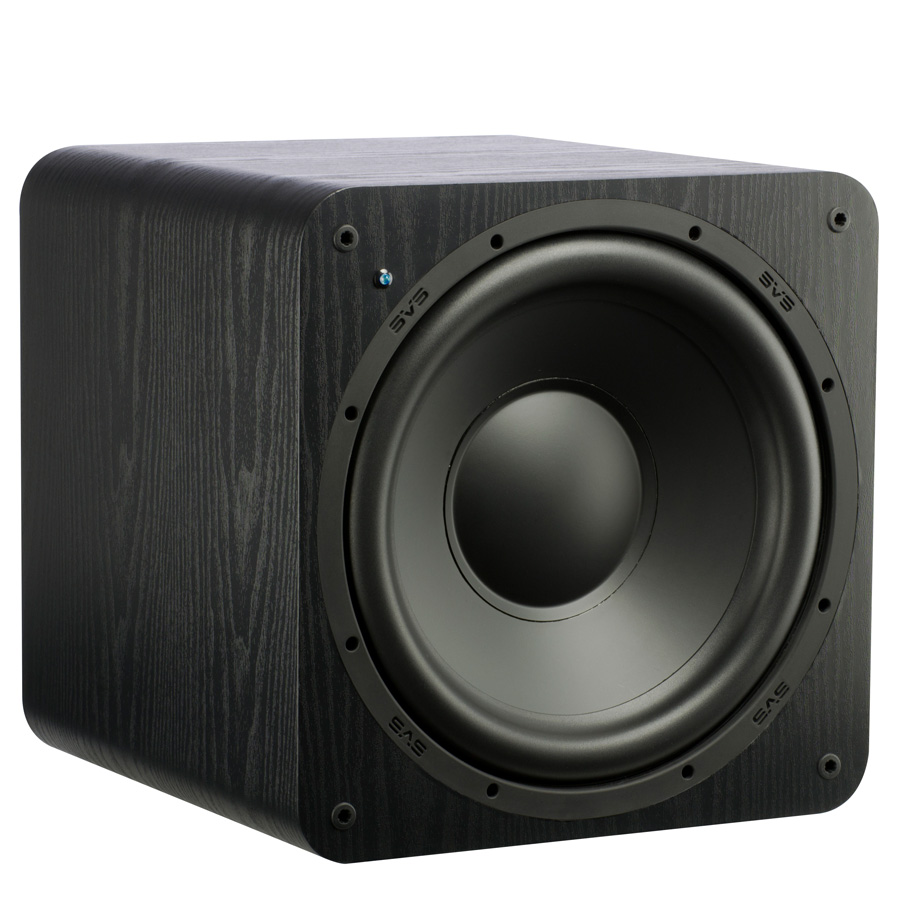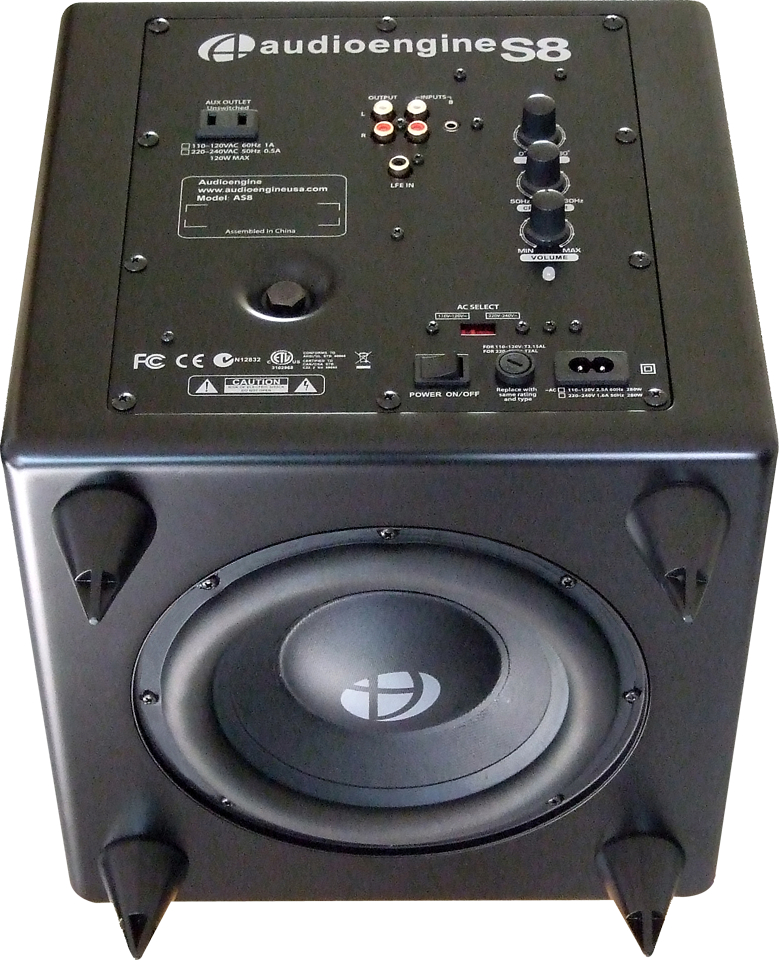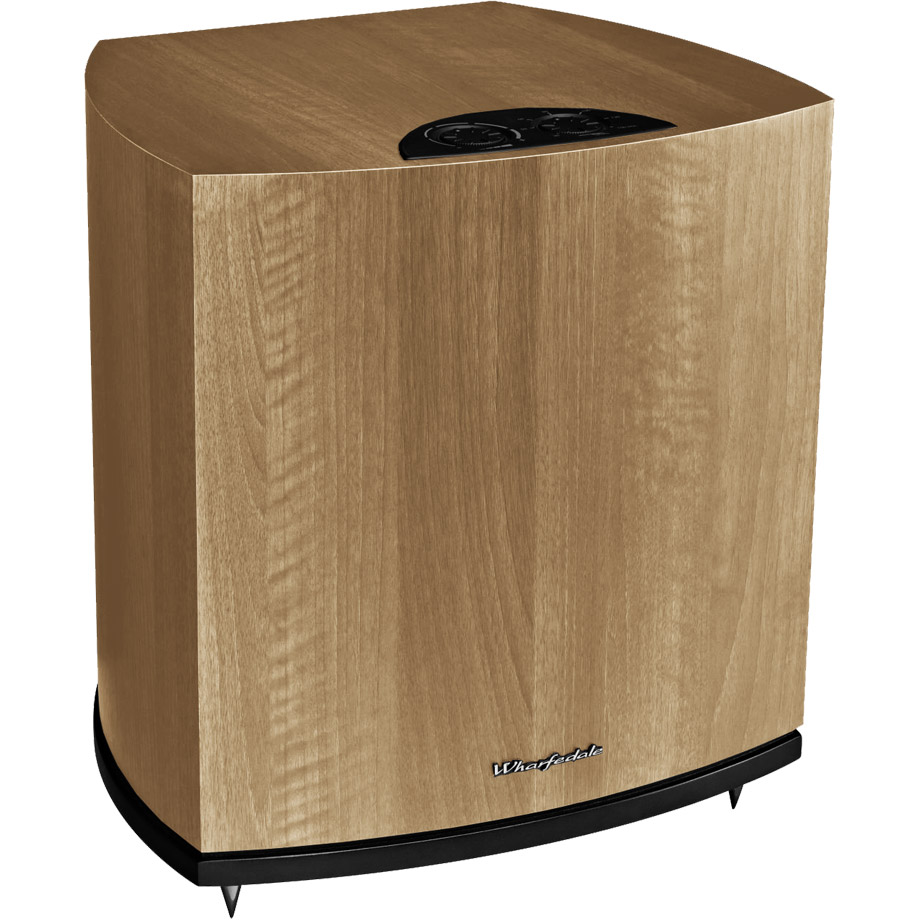Article by Venoth Nair
The Subwoofer

The quest for the ultimate cinema system will never be complete without the most popular and arguably the most loved component of all, the subwoofer. Before we get into the basics of selecting a subwoofer for your system, first you need to understand the purpose of this monster and how it operates.
A subwoofer or “Sub” as its affectionately called is responsible for producing the lower frequency notes in your setup. These frequencies start from around the 300 Hz area and dives all the way down to 40 Hz in general. Some more expensive and monstrous options can even go all the way down to a subterranean 14 Hz or deeper. Not sure what these numbers mean, well in layman’s terms, it’s all that deep heavy bass notes giving you bangs, thuds and slam. These are the frequencies needed to give an explosion its oomph, rumbling the entire space creating a more realistic aural experience.
Any cinema system would sound utterly limp and lifeless without a sub, with audio restricted to higher frequencies as generally speakers can’t really dig deep down to the lower bass frequencies. One of the reasons as to why this occurs is because of power handling, as bass notes, the deeper they are, require more power to reproduce and speakers are generally not given the kind of power needed to hit these low frequencies. This is the main reason behind the internal amplification of subwoofers, as it greatly reduces the burden of the receiver, allowing for a more optimum performance for the rest of the speakers.
Most subwoofers’ internal amplification come with some basic controls to allow for tweaking of its output to match the system and space that it is used in. The most common of these controls are the crossover, volume and phase. The first control, the crossover, is used to determine the cut-off frequency that the sub will operate in. This is in place to provide the control needed to match the subs output seamlessly with the main speakers. The crossover should be set to the highest frequency however if your using the LFE input (Low Frequency Effect) as the frequency control will be handled by the receiver.
Many home theatre newcomers always mistake the volume knob on a sub as a tool to simply turn up the power until the sub overwhelms the entire space with bloated and boomy bass. This is incorrect and should be avoided. The real purpose of the volume knob on a subwoofer is to allow an adjustment of gain to compensate for situations like odd placements or room acoustics that can either make a sub too loud or soft. This setting will help to keep the overall volume of the sub balanced with all the other speakers in the system. A sub should actually sound like it’s not there with the bass melting in nicely with the audio presented by the rest of the speakers.
The last setting is the phase control. What this does is determine the movement or phase in which the cone of the subwoofer moves in relation to the main speakers in the setup. For example, when the woofer is in phase it moves completely in tandem with the drivers of the main speakers and when it’s out of phase, it doesn’t. This setting is there to compensate in a situation where the sub is out of phase, allowing you to switch it, so it’s back in phase. The goal is for the sub to be completely in sync with the rest of the speakers, so that audio is delivered in one complete cohesive package, sounding natural and compelling.
Now that we have covered the basic controls on a sub, let’s look at the criteria to selecting the right sub for your system. Subs come in a variety of sizes and power ratings, and though it can be very tempting to go out and buy the biggest most powerful sub imaginable, it makes sense to match the sub, performance wise, to the system it will be paired with while also considering the space in which it will operate.
Smaller rooms like a bedroom or small living room will be quite satisfyingly filled with sound from a smaller 8 inch woofer with a modest 100 – 200w amplifier. Medium sized spaces can be equipped with a 10 inch variety and large rooms can go the whole nine yards with massive 12 inch woofers or larger depending on the space. Power ratings can also be used as a guideline to select a woofer based on the size of the space keeping low powered units for smaller spaces with high powered units for larger spaces.
Essentially one should be prepared to invest time in moving the sub around to ensure optimum placement. While the task is no ‘walk in the park’ for the less well endowed the job can be made a little easier by placing the sub, especially a large, heavy one on a piece of mat or carpet. That will enable one to easily slide the sub along. Also ensure you have a reasonably long interconnecting sub cable ready. We suggest one of least 5 to 7 meters long.
Subwoofers are an expensive investment so it’s best to guarantee the best bang for buck performance by ensuring the most optimal selection size and power wise. Careful selection of a sub with consideration to these factors as well as the partnering equipment will lead to a system that shakes the foundations of you home without your bank account shaking in fear.
Article by Venoth Nair


